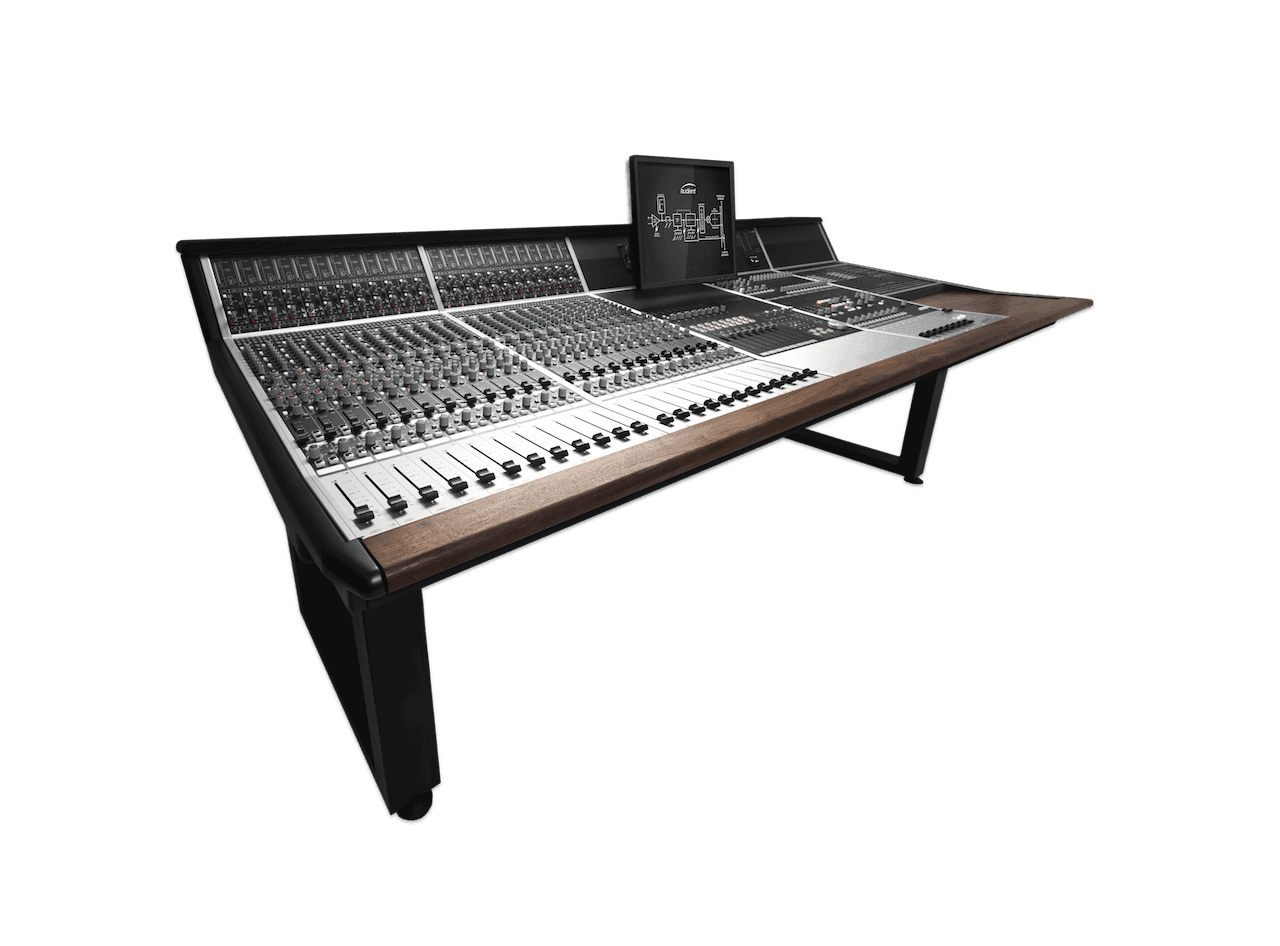Do you want better mixes? Of course you do -- having a decent mix can make or break your music. Even the best tracks won't come across if they're not mixed well.
Different people approach mixing differently, but I don't think anyone has described something as whacked-out as what I'm going to cover this month. Some people will read this and just shake their heads, but others will actually try the suggested technique, and find that they're crafting tighter, punchier mixes without any kind of compression or other processing.
THE MIXING PROBLEM
What makes mixing so difficult is, unfortunately, a limitation of the human ear/brain combination. Our hearing can discern very small changes in pitch, but not small changes in level. You'll easily hear a 3% pitch change as being distinctly out of tune, but a 3% level change is nowhere near as dramatic. Also, our ears have an incredibly wide dynamic range -- greater than 200dB. This is more than twice the dynamic range of a CD, for example. So when we use only the top 2040dB of the available dynamic range in a mix, even extreme musical dynamics don't represent that much of a change relative to the ear's total dynamic range. Another problem with mixing is that the ear's frequency response changes at different levels. This is why small changes in volume are often perceived as tonal differences, and why it's so important to balance levels exactly when doing A/B comparisons. Because our ears hear low- and high-frequency signals better at higher levels, just a slight volume boost might produce a subjective feeling of greater "warmth" (from the additional perceived low end) and "sparkle" (from the increased perception of treble).
The reason why top mixing engineers are in such demand is because through years of practice, they've trained their ears to discriminate among minute level and frequency response differences (and hopefully, taken care of their ears so they don¹t suffer from their own frequency response problems). They are basically "juggling" the levels of multiple tracks, making sure that each one is at an appropriate level with respect to the other tracks. Remember, a mix does not compare levels to an absolute standard; all the tracks are interrelated.
As an obvious example, the lead instruments usually have higher levels than the rhythm instruments. But there are much smaller hierarchies. Suppose you have a string pad part, and the same part delayed a bit to produce chorusing. To avoid having excessive peaking when the signals reach maximum amplitude at the same time, as well as better preserving any rhythmic "groove," you'll probably mix the delayed track around 6dB behind the non-delayed track.
The more tracks, the more intricate this juggling act becomes. However, there are certain essential elements of any mix -- some instruments that just have to be there, and that are mixed fairly closely in level to one another because of their importance. Ensuring that these elements are clearly audible and perfectly balanced is, I believe, one of the most important factors in creating a "transportable" mix (one that sounds good on a variety of systems). Perhaps the lovely high end of some bell sound won't translate on a Rs.2,000 boombox, but for the average listener, if you can make out the vocals, the leads, the beat, and the bass, you'll have the high points covered.
Ironically, though, our ears are less sensitive to changes in relatively loud levels than to changes in relatively soft ones. This is why most veteran mixers initially work on a mix at low levels: It makes it easier to tell if the important instruments are out of balance with respect to one another. At higher levels, imbalances are harder to detect.ANOTHER OF THOSE ACCIDENTS
The following mixing technique is a way to check whether a song's crucial elements are mixed with equal emphasis. Like many other techniques that ultimately turn out to be useful, this one was discovered by accident. My studio doesn't have central air conditioning, and my in-wall air conditioner makes a fair amount of background noise. One day, I noticed that the mixes I did when the air conditioner was on often sounded better than the ones I did when it was off. This seemed odd at first, until I made the connection with how many musicians use the "play the music in the car" test as the final arbiter of whether a mix is going to work or not. In both cases the background noise masks low-level signals, making it easier to tell which signals make it above the noise.
Curious whether this phenomenon could be refined further, I started injecting pink noise into the console while mixing. This just about forces you to listen at relatively low levels, because the noise is really obnoxious! But more importantly, the noise adds a sort of "cloud cover" over the music. Just as mountain peaks poke out through a cloud cover when viewed from an airliner, so do sonic peaks poke up out of the noise floor.APPLYING THE TECHNIQUE
You'll want to add in the pink noise very sporadically during the process of creating your mix, because the noise masks high-frequency sounds like hi-hat. You cannot get an accurate idea of the complete mix while you¹re mixing with noise injected into the bus. What you can do is make sure that all the important instruments are being heard properly. (Similarly, when listening in a car system, road noise will often mask lower frequencies.)
Typically, I'll take the mix to the point where I'm fairly satisified with the sound. Then I'll add in lots of noise -- no less than 10dB below 0 with dance mixes, for example, which typically have restricted dynamics anyway. Then I'll start analyzing what I'm hearing.
By the way, pink noise is preferable to white noise for this application. Pink noise is weighted so that there is equal energy in every octave, while white noise is weighted so there is equal energy per frequency. Pink noise has a lower perceived pitch, which makes it more suitable for masking the fundamental frequencies of ordinary instruments.
While listening through the song, I pay special attention to vocals, snare, kick, bass, and leads. (With this much noise, you're not going to hear much else in the song anyway; check out the accompanying audio example.) It's very easy to adjust their relative levels, because there's a limited range between overload on the high end and dropping below the noise floor on the low end. If all the crucial sounds make it into that window and can be heard clearly above the noise without distorting, you have a head start toward an equal balance.
Also note that the "noise test" can uncover problems. If you can hear a hi-hat or other minor part fairly high above the noise, it's probably too loud.
I'll generally run through the song a few more times, carefully tweaking each track for the right relative balance. Then it's time to take out the noise. First, it's an incredible relief not to hear that annoying hiss! Second, you can now get to work balancing the supporting instruments so they work well with the lead sounds you've tweaked.
Although so far I've only mentioned instruments being above the noise floor, there are actually three distinct zones created by the noise: totally masked by the noise (inaudible), above the noise (clearly audible), and "melded," where an instrument isn't loud enough to stand out or soft enough to be masked, so it blends in with the noise. I find that mixing rhythm parts so they sound melded can work if the noise is adjusted to a suitable level.FADING OUT
Overall, I estimate spending only about three percent of my mixing time using injected noise. But often, it's the factor responsible for making the mix sound good over multiple systems. Mixing with noise may sound crazy, but give it a try. With a little practice, there are ways to make noise work for you.



